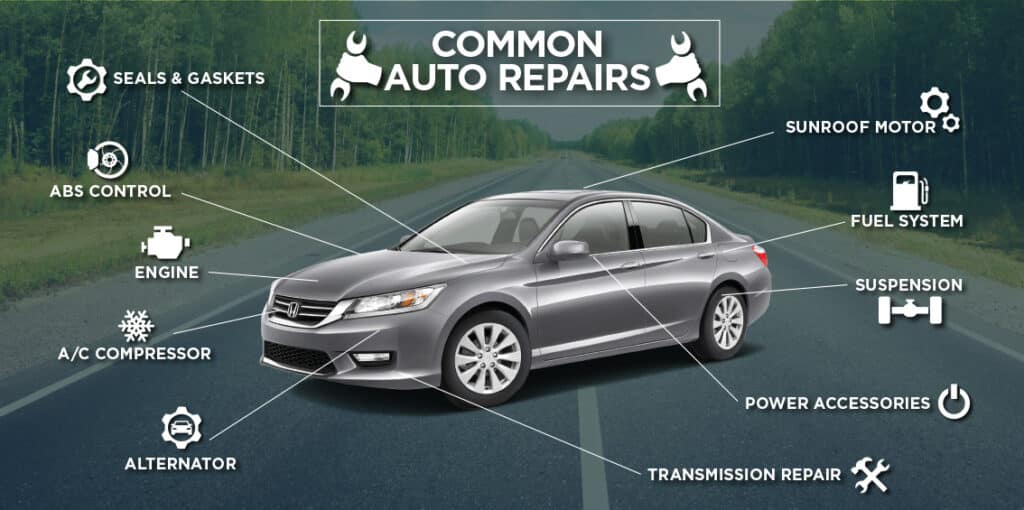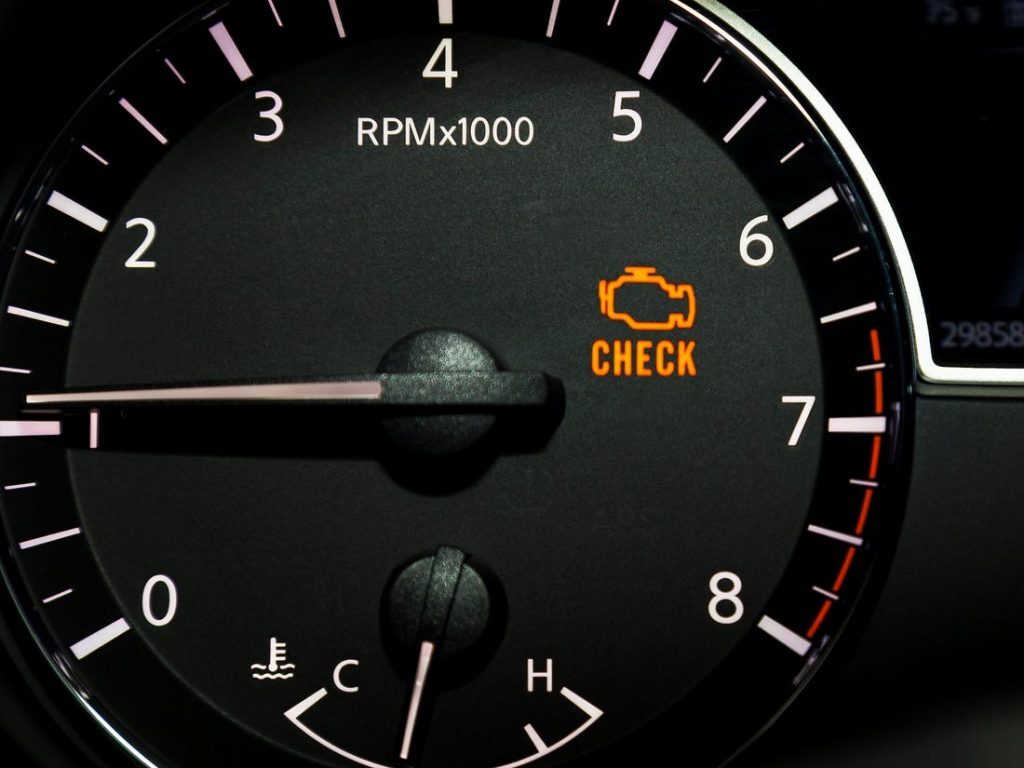
console.log( 'Code is Poetry' );
<script data-minify="1" type="text/javascript" src="https://www.centricautorepair.com/wp-content/cache/min/1/estimator_widget_v3/load_setup.js?ver=1721831973" defer></script>
tested and diagnosed is the most important thing with these new vehicle.

A check engine light or malfunction indicator lamp (MIL), is a tell-tale that a computerized engine-management system used to indicate a malfunction. Found on the instrument panel of most automobiles, it usually bears the legend engine.[1]
check engine, service engine soon, maintenance required, emiss maint,[2] or a pictogram of an engine—and when illuminated, it is typically an amber or red color.
The light generally[3] has two stages: steady (indicating a minor fault) and flashing (indicating a severe fault). When the MIL is lit, the engine control unit stores a fault code related to the malfunction, which can be retrieved.
In many models this requires the use of a scan tool. This warning light can indicate almost anything from a loose gas cap to a serious knock in the engine.[4]
In the United States, specific functions are required of the MIL by EPA regulations.[5]
COMMON REASONS YOUR CHECK ENGINE LIGHT IS ON
The check engine light can indicate a variety of problems with your car. It can be something as trivial as a loose gas cap or as serious and costly as a broken catalytic converter. Failure to have the problem properly tested and diagnosed can lead to more serious problems with your vehicle, necessitating more expensive and time-consuming repairs. Consider the following examples and their implications.
- Faulty Oxygen Sensor: Often referred to as the “O2” sensor, this component measures the level of unburnt oxygen in a vehicle’s exhaust system. It helps maintain a healthy mix of air and fuel entering the car’s cylinders. Faulty O2 sensors can disrupt the fuel-to-oxygen ratio and lead to damaged spark plugs or catalytic converters.
- Gas Caps: Believe it or not, the critical warning of a check engine light could be nothing more than a loose or worn out gas cap. When the cap allows air to penetrate, it activates the sensor. Tighten your gas cap before scheduling an appointment. The problem is more common than people realize.
- Faulty Catalytic Converter: Late-model vehicles running on gasoline utilize catalytic converters in their exhaust systems to turn carbon monoxide into carbon dioxide. When clogged, the check engine light comes on. This failure can often be avoided by regular maintenance and oil changes.
- Faulty Spark Plugs: Outdated spark plugs can cause serious engine misfires that can dangerously impact driving. When faulty plugs misfire, a vehicle could fail to accelerate as expected or result in the car shutting off entirely. Spark plugs are routinely checked or replaced during a tune-up service. If you haven’t had your car serviced in a while, damaged spark plugs may go unnoticed until a misfire.
- Faulty Ignition Coil: Similar to the risk associated with faulty spark plugs, the engine coil supplies the electricity needed for those components to fire. Faulty coils can result in plugs failing to fire.
- Faulty Wires: Coils, spark plugs and the wires that connect them are vital to a car functioning as expected. Worn or damaged wires can create uneven electrical current flow and result in misfires. If the check engine light comes on and you experience a rough idle or declining performance, the wires may require replacement.
- Faulty Air Flow Sensor: When this sensor begins to fail, a variety of hazardous driving conditions may occur. These include the car’s inability to adjust to new altitudes, rough idling, difficulty starting, and sudden jolts in the gas pedal. This malfunction is dangerous.
- Alarm System: Damaged or improperly installed, aftermarket alarm systems can play havoc with a vehicle. They can be overly sensitive and activate from strong winds, drain the battery, or prevent drivers from being able to start the vehicle. The check engine light may be an early warning sign.
- Vacuum Leaks: This system is tasked with managing the brake booster and lowering emissions among other things. Faulty vacuum systems may cause a surge in the vehicle’s idle or make it ramp up the RPMs. The vacuum hoses tend to dry out and crack over time or from exposure to severe heat.
- Faulty Recirculation Valve: This system regulates the smooth operation of a vehicle by lowering nitrogen oxide output and emissions from the engine. The check engine light may come on when this valve begins to clog.
- Faulty Battery: When a vehicle’s battery starts to lose charge, the check engine light is an early warning that can help avoid a total shutdown. Cars will not run without electricity. The solution will generally be a relatively inexpensive battery replacement and systems reset.
Avoid So-Called “Free” Diagnostic Checks
Also, one of the latest marketing strategies used by auto parts stores and other businesses is offering a “free” scan when you check engine light comes on. Several companies are performing what they call “diagnostics” and “scans” that claim to save you the time and expense of scheduling a review by an experienced auto repair professional.
An inexperienced or uncertified counter clerk may run a quick test and show you which part may fix your problem, or they may simply advise you to reset the light afterward and you’re all set. Follow this advice and you may very well be looking at the check engine light again within 24 hours. Many dissatisfied customers then try to get their money back for the part and those refunds will be denied.
A vehicle is likely to fail the California Smog inspection with the check engine light on and simply disengaging the battery to reset the error code will not help. Inspection facilities are required to run a scan of a car’s onboard diagnostic computer – the same computer that triggers the warning light in the first place. Save yourself the headache of a failed inspection and another repeat trip to the shop – get it fixed right the first time!
The old saying that nothing good is free holds true when your check engine warning lights up. It’s important to have an experienced auto repair specialist perform a professional assessment of your vehicle and get it fixed right the first time.

